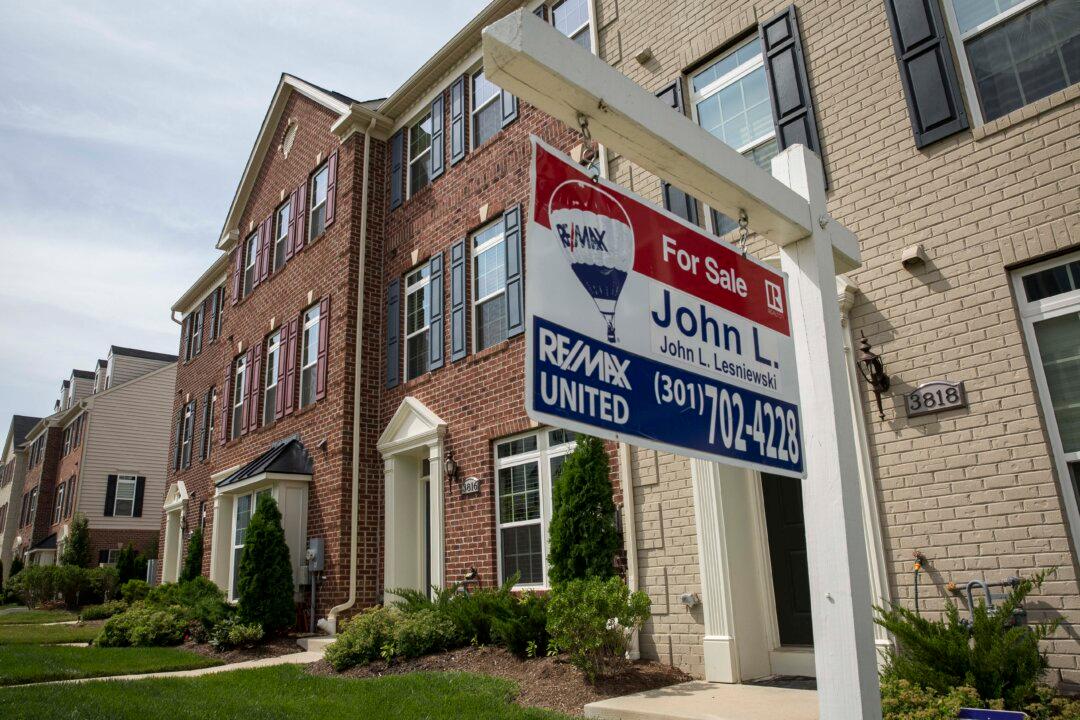A new report from real estate listing firm Zillow shows that, while the for-sale housing inventory ticked up slightly in May after falling for nine months straight, the typical time a home remained on the market fell to just six days and prices hit record highs.
“May brought a long-awaited bump in inventory nationwide, though it did little to immediately cool record-high home value appreciation,” according to the May 2021 Zillow Market Report.





